Waiting times and long technological processes are problems that every manufacturer wants to solve. Long waiting times for a production step to be completed decrease productivity and reduce the efficiency of the production flow. When solid wood panels or furniture parts are glued together, waiting time is needed until the gluing is strong enough to withstand the tests of the next production step. Manufacturers are looking for solutions to shorten this time, but without the adhesive losing strength. Szolvegy, the manufacturer and distributor of TISZABOND adhesives, is constantly looking for the best solutions to make its partners more productive and efficient. This time we will talk about two adhesives with reduced curing time.
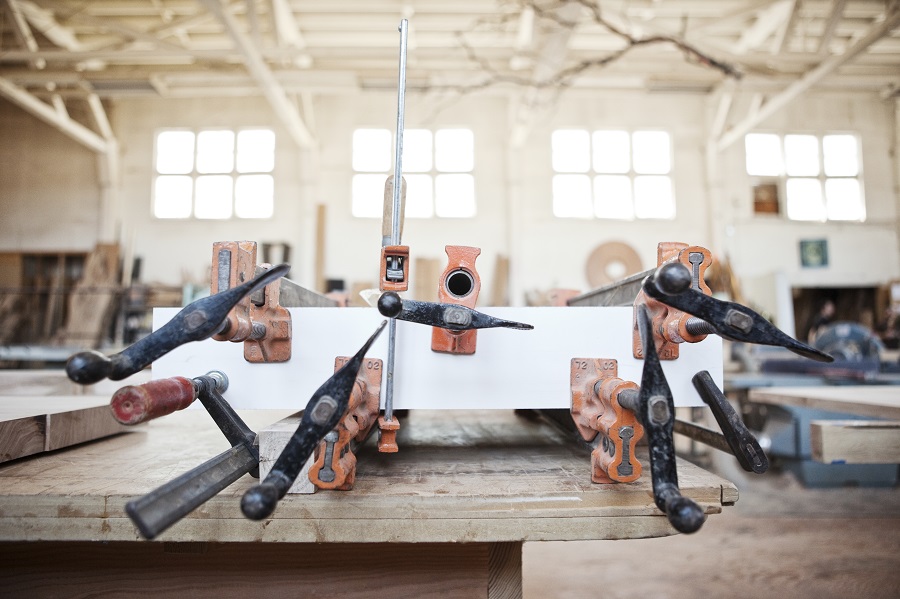
How an adhesive with a shorter reaction time behaves
Before presenting the two adhesives, let's see how the curing process takes place in the case of the aracite adhesives. Aracetes or PVA adhesives, as they are also called, are aqueous dispersions. This means that the reactive adhesive molecules are in an aqueous solution, at a distance far enough apart that they do not come into contact and react. After the adhesive is applied to the wood, certain factors intervene to reduce the amount of water. This causes the molecules to come together and react, forming the adhesive film. The reaction is polymerisation and like any reaction of this type, it takes time to reach full strength.
The interest in reducing the reaction time in aracite is that the reaction proceeds in such a way that, even if the reaction takes a few days to complete, a degree of polymerisation is reached as quickly as possible that will give the solder resistance and the technological process can continue without the danger of the solder coming apart.
I made all this introduction to understand that it is not enough to increase the evaporation rate of water or apply more pressure to speed up the bonding. The adhesive has to be formulated in such a way that a very good tear strength is achieved in the shortest possible time. By increasing the evaporation rate of the water, the adhesive molecules close up and start to react, but if they are not formulated to react by forming strong networks quickly, even if the adhesive will appear dry, it will not have the required strength. You will have to wait for the time recommended by the manufacturer to reach the strength that allows safe processing.
Quick adhesive for resinous wood used indoors
An adhesive specifically designed to react quickly and achieve a good tear strength value in a short time is TISZABOND 2150 D2 (Express Wood). It is an indoor adhesive (D2) which is not recommended for gluing wood that will sit in damp environments (bathroom, kitchen). It glues softwoods and softer hardwoods (linden, poplar) quickly and well. It can be used for plank joints of furniture or for gluing in high frequency presses. For hardwood (oak, beech, ash) the manufacturer recommends TISZABOND 2100 (Special Wood) adhesive, which develops a very strong film.
The tensile strength of parts bonded with this adhesive is min.10 N/mm². It is reached at least 24 hours after gluing. But after 2.5 minutes in the press the breaking strength reaches 3.3 N/mm², and after 5 minutes in the press the breaking strength reaches 4.5 N/mm². The bond strength is high enough to withstand the processing required by the technological flow without risk.
With such adhesives the open socket time is quickly reduced. You have to work faster and take care that the adhesive does not catch the flakes because this will result in low bonding properties. In the case of TISZABOND 2150 D2 the open time is 5 minutes.
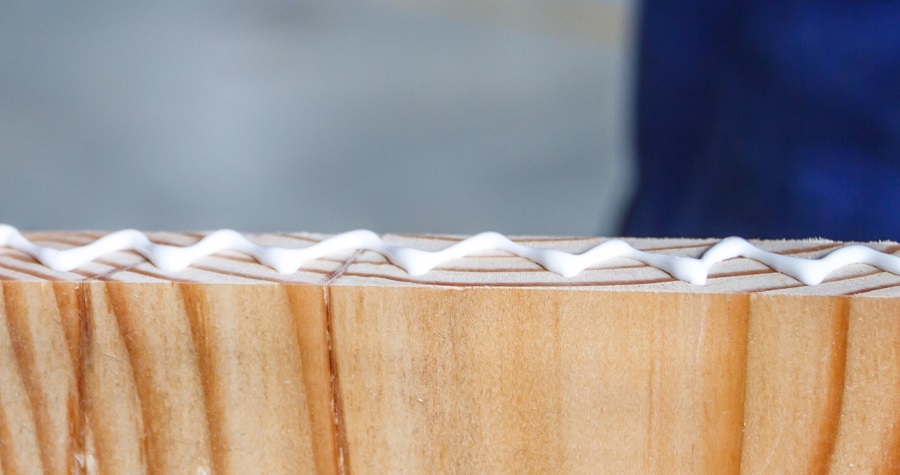
Moisture resistant fast adhesive
TISZABOND 3200 (D3 Express) is a fast adhesive that can be used for bonding structures that will sit in high humidity environments or will be in contact with water on a short-term basis, as well as those that sit outdoors in moderate climates. It is also used for gluing wood to other materials such as gluing wooden steps to concrete stairs or fitting windows and doors. It is not used for structures and objects with prolonged contact with water (boats, ships) or in the manufacture of structural elements that bear heavy loads over long periods of time. The adhesive is also resistant to freezing, but after a few freeze-thaw cycles it turns into a gel and can no longer be used.
The adhesive is fast and reaches the required strength for further processing in a short time. However, it should not be used in a wet environment for more than 7 days as its strength is greatly reduced. Here too, the setting time is short, as after 5 minutes the adhesive layer on the wood is already tacky.
If you want an adhesive that reacts quickly and you want to increase productivity by reducing working times, it is best to ask your adhesive supplier for this. You can find solutions to speed up drying, but you may not get good bond strength. Call in the specialists, they can offer you the perfect solution for your type of production.


















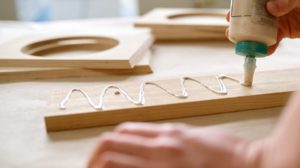
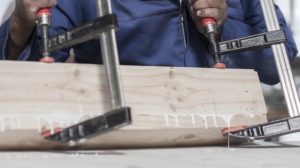
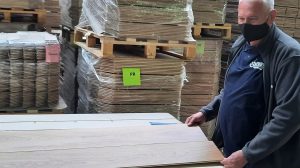


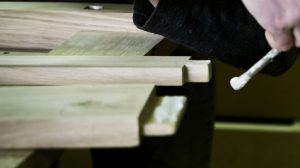
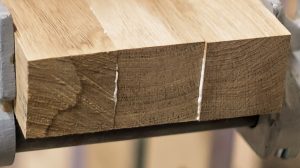
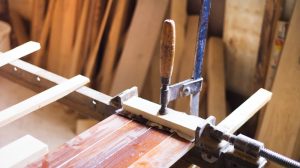

Add comment